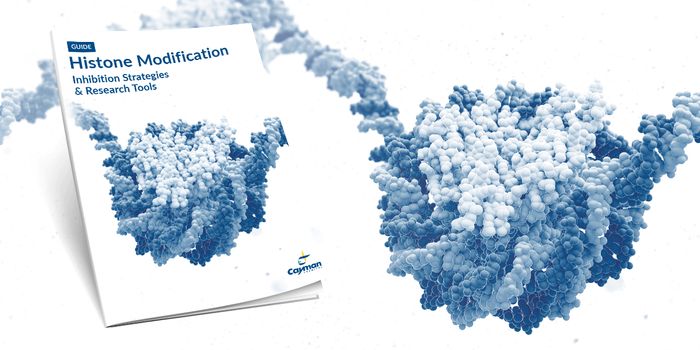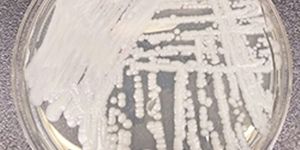Natural Remedies Found to Have Some Efficacy as Contraceptives
Researchers have found that folk remedies used to decrease fertility have the ability to block an important part of the fertilization process. These natural compounds could present an alternative to commonly used hormone-based contraception, which can have unwanted side effects. These compounds are able to prevent sperm from penetrating the cells that form a barrier around the egg, without doing any harm to the egg and sperm.
The compounds are plant extracts: Espinheira Santa (Maytenus ilicifolia) and aloe, and they prevent a power boost that is required for sperm to fertilize the egg, normally provided by progesterone. It’s possible that these compounds could one day act as emergency contraceptives. These may also prevent a more palatable option for those that object to emergency contraception because a viable egg is never even created, since the chemicals halt fertilization.
“Because these two plant compounds block fertilization at very, very low concentrations – about 10 times lower than levels of levonorgestrel in Plan B – they could be a new generation of emergency contraceptive we nicknamed ‘molecular condoms,'” explained the research leader Polina Lishko, an Assistant Professor of Molecular and Cell Biology. “If one can use a plant-derived, non-toxic, non-hormonal compound in lesser concentration to prevent fertilization in the first place, it could potentially be a better option.”
Once in the reproductive tract, sperm will use their tail to swim upstream as it undulates in a steady motion. But once they arrive at the egg, the tails begin to thrash more forcefully to propel the sperm through protective cells that cluster around the egg. A calcium channel is the gateway to the power boost, and when that channel, CatSper, is opened, calcium rushes into the tail and enables powerful tail whips.
“The massive influx of calcium into the sperm tail changes the sperm tail’s beating pattern, making it highly asymmetrical,” Mannowetz said. “This asymmetrical bending gives the sperm cell enough force to drill through the tenacious egg vestment.”
By binding a protein called ABHD2, the hormone progesterone in the key to opening the calcium channel. The researchers wanted to determine if there were other compounds out there that could also bind to ABHD2 and open or close it.
One interesting avenue they pursued was to assay remedies used by indigenous peoples. They found several that can block CatSper by binding ABHD2 including pristimerin, from the plant Tripterygium wilfordii, which is known as “thunder god vine,” and another Paraguayan antifertility herb, Maytenus ilicifolia, called Espinheira Santa. Leaves of the thunder god vine have been utilized in Chinese medicine as an antifertility drug, however, some compounds in those leaves are poisonous.
Another molecule they found was lupeol. Found in plants like mango and dandelion root, it has been tried as an anticancer agent, but was not thought to have contraceptive properties.
Mannowetz determined that both pristimerin and lupeol could halt the binding of progesterone to ADHD2 and stop the sperm power boost.
“These compounds not only blocked calcium channel activation, but also blocked sperm hyperactivated motility, reducing their activity to the level of nonactivated sperm cells,” Lishko said. “It doesn’t kill sperm basal motility. It is not toxic to sperm cells; they still can move. But they cannot develop this powerful stroke, because this whole activation pathway is shut down.”
The scientists are now working to learn if these chemicals can stop primate in vitro fertilization, since current work has been limited to human sperm. They also looking for cheaper ways to source the compounds.
Sources: Berkeley News, PNAS



![Master Lab Weighing: Accuracy, Compliance & Audits [eBook]](https://d3bkbkx82g74b8.cloudfront.net/eyJidWNrZXQiOiJsYWJyb290cy1pbWFnZXMiLCJrZXkiOiJjb250ZW50X2FydGljbGVfcHJvZmlsZV9pbWFnZV85MWRmZmRjMDIwNDBlMWJjMzYwN2ZiYWY2ZjI4ZGMzYzBmZGMwZGMyXzkxOTcucG5nIiwiZWRpdHMiOnsidG9Gb3JtYXQiOiJqcGciLCJyZXNpemUiOnsid2lkdGgiOjcwMCwiaGVpZ2h0IjozNTAsImZpdCI6ImNvdmVyIiwicG9zaXRpb24iOiJjZW50ZXIiLCJiYWNrZ3JvdW5kIjoiI2ZmZiJ9LCJmbGF0dGVuIjp7ImJhY2tncm91bmQiOiIjZmZmIn19fQ==)





